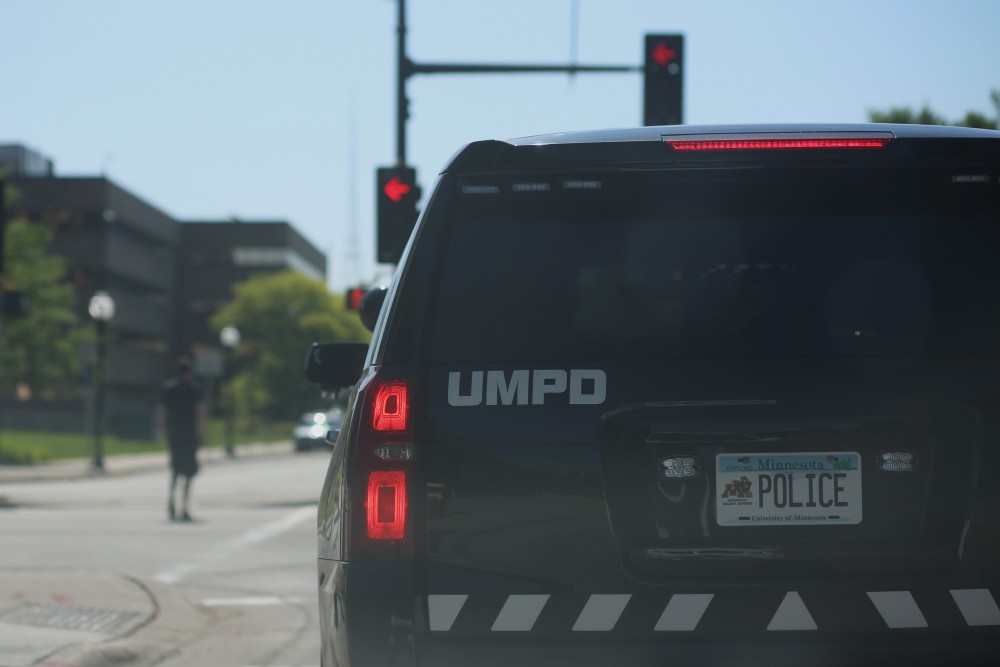Neighborhoods surrounding the University of Minnesota could see an increase in police presence after Minneapolis Mayor Jacob Frey and Minneapolis Police Department Chief Medaria Arradondo proposed increasing citywide officer numbers to keep up with growing populations.
The increase, which was proposed citywide in February, would aim to keep a ratio of around two officers per 1,000 citizens. Minneapolis’ Second Precinct, including Marcy-Holmes, Como and Prospect Park, has some of the lowest crime rates and 911 calls in the city, but MPD officials are now considering adding more officers to address increasing density in the area despite concerns from anti-police brutality groups.
Cody Hoerning, a board member of the Southeast Como Improvement Association, said increasing officers would address safety concerns as more residents move in to neighborhoods surrounding the University.
“There are hundreds of units coming online in these neighborhoods in the coming months, and no plan to increase the number of police officers,” Hoerning said.
This year so far, the Second Precinct has seen a total personnel size increase from 75 to 82, making it the smallest police force of Minneapolis’ five precincts. Factors that impact the allocation of total Minneapolis officers include call load, violent crime numbers and the geographical size of the precinct.
In an emailed statement, MPD Inspector Todd Loining said quicker response times could potentially result from an increased number of officers in the precinct.
“The Precinct continues to adequately staff each shift so that we can effectively answer all calls for service in a timely, safe, professional manner,” Loining wrote.
Hoerning said officers in the neighborhood sometimes don’t have the numbers to effectively handle all the calls they receive.
“I have heard that on busy nights our police officers are running from 911 call to 911 call,” he said. “Our police officers are working very hard, but they need the time and resources to do their job effectively.”
Some community members, including President of Communities United Against Police BrutalityMichelle Gross, worry that if the city spends more on police staffing, there will be fewer resources available for alternative projects. She said other police response models to crime, like mental health programs, are more successful.
CUAPB provides advocacy and resources for citizens in police brutality cases, including camera footage, witness statements and legal assistance.
Gross said increasing the number of officers means all other police resources will also need to increase, raising the overall cost for taxpayers.
“When [police] think about increasing their officers, people don’t realize that means more supervisors, then more training, more cars and more body cameras,” Gross said.
CUAPB predicted taxpayers would pay $7 million for the salaries of 100 new officers, plus $3 million for additional vehicles and materials.
Loining said he does not know the exact taxpayer cost of hiring additional officers.








